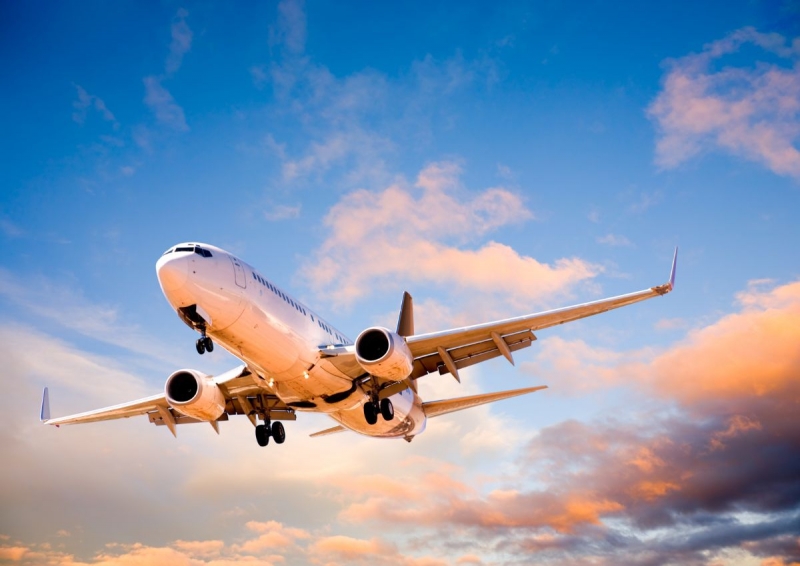That feeling of weightlessness as your plane hits turbulence can be scary, and new research suggests it might be happening more often. This might be because severe turbulence and climate change are connected. A recent incident involving a Singapore Airlines flight encountering severe turbulence, which tragically resulted in a fatality, highlights the potential dangers.
Also read: Singapore Airlines Turbulence Incident Causes Emergency Landing
Severe turbulence and climate change may be connected

What exactly is turbulence, and why might we see more of it in the future?
Turbulence occurs when airflow disrupts the smooth journey of an airplane. This can be caused by jet streams, mountains, or even thunderstorms. The most concerning type is “clear-air turbulence,” which is invisible and unpredictable for pilots.
While the exact cause of the Singapore Airlines incident is still under investigation, a growing body of research suggests a link between climate change and increased turbulence. Studies indicate that a warming planet could lead to a doubling or tripling of severe turbulence in jet streams over the coming decades. Some areas are already experiencing more bumps, with clear evidence of increased clear-air turbulence in recent years.
World’s most turbulent flight paths
Image credit: travellinglight via Canva Pro
- Santiago (SCL) – Santa Cruz (VVI)
- Almaty (ALA) – Bishkek (FRU)
- Lanzhou (LHW) – Chengdu (CTU)
- Centrair (NGO) – Sendai (SDJ)
- Milan (MXP) – Geneva (GVA)
- Lanzhou (LHW) – Xianyang (XIY)
- Osaka (KIX) – Sendai (SDJ)
- Xianyang (XIY) – Chengdu (CTU)
- Xianyang (XIY) – Chongqing (CKG)
- Milan (MXP) – Zurich (ZRH)
While turbulence might not be pleasant, a little preparation and following safety instructions can go a long way in ensuring a smooth (or at least smoother) journey. The good news is that turbulence, even severe turbulence, is rarely catastrophic. The most important thing you can do as a passenger is follow the crew’s instructions and keep your seatbelt fastened throughout the flight.
Also read: Singapore to Embrace Sustainability with World’s First Zero Energy Hotel
So, the next time you hit some bumps, remember: it’s not just you, and the warming world might be playing a role. It might be scary to think that the severe turbulence and climate change might go hand in hand. But by staying informed and prepared, you can weather the storm (or turbulence) and reach your destination safely.
Featured image credit: Tookapic via Canva Pro




